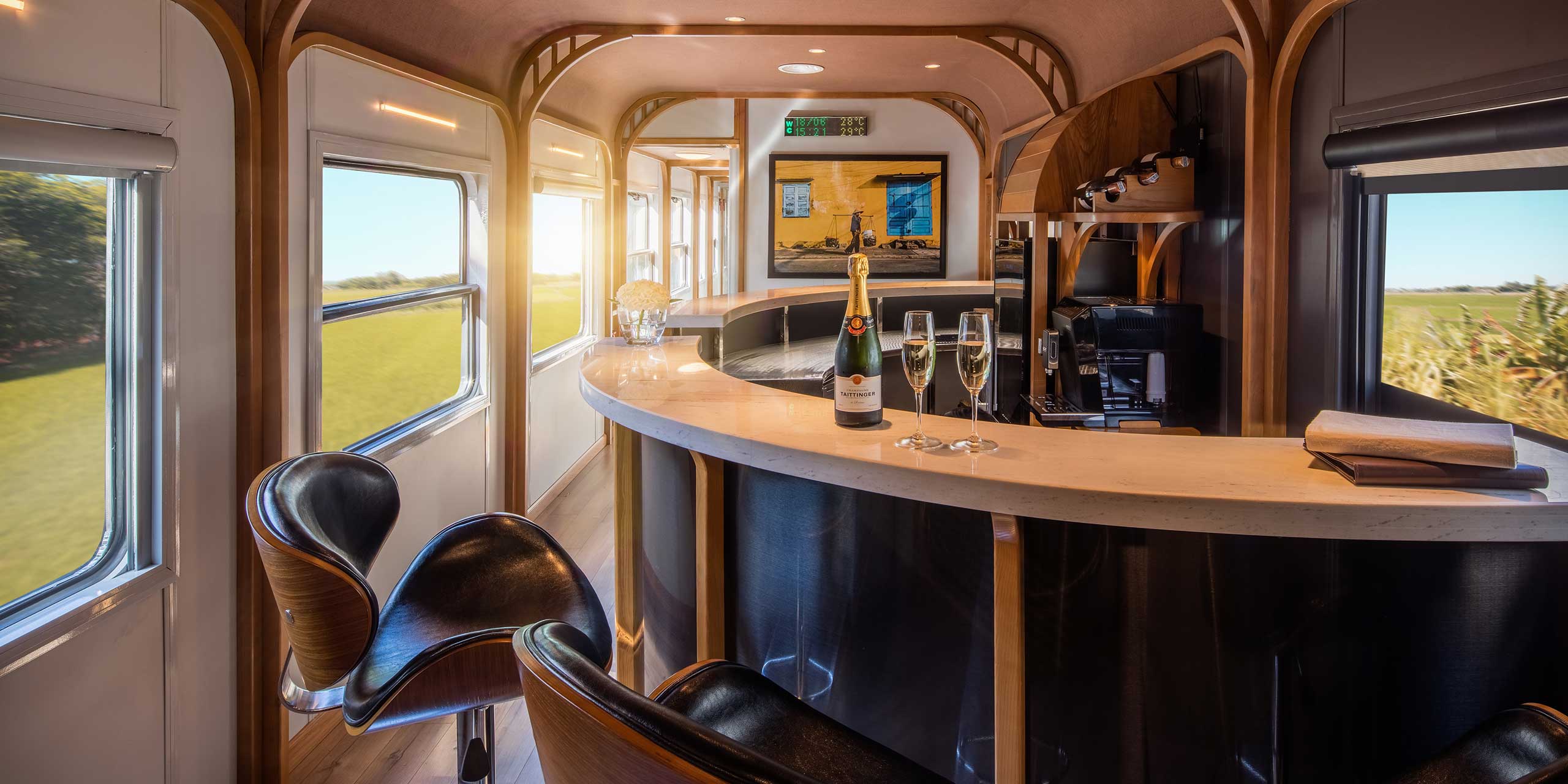
“You’ll have to take a motorbike,” shouts the receptionist Ha from the hotel entrance as I manically gesticulate at the succession of taxis, all taken, crawling through the melee of Hanoi’s Old Quarter.
Only half an hour ago we were golden. We had just spent five days cruising karst-studded Halong Bay, exploring the chaotic warren of byways in the heart of Vietnam’s ancient capital, and sampling everything from haute cuisine to street-side banquets.
What’s more, we thought we had plenty of time to cover the short distance from our lodgings at the Metropole Hanoi to the station to catch the train to Ho Chi Minh City over a thousand miles to the south. Easy.
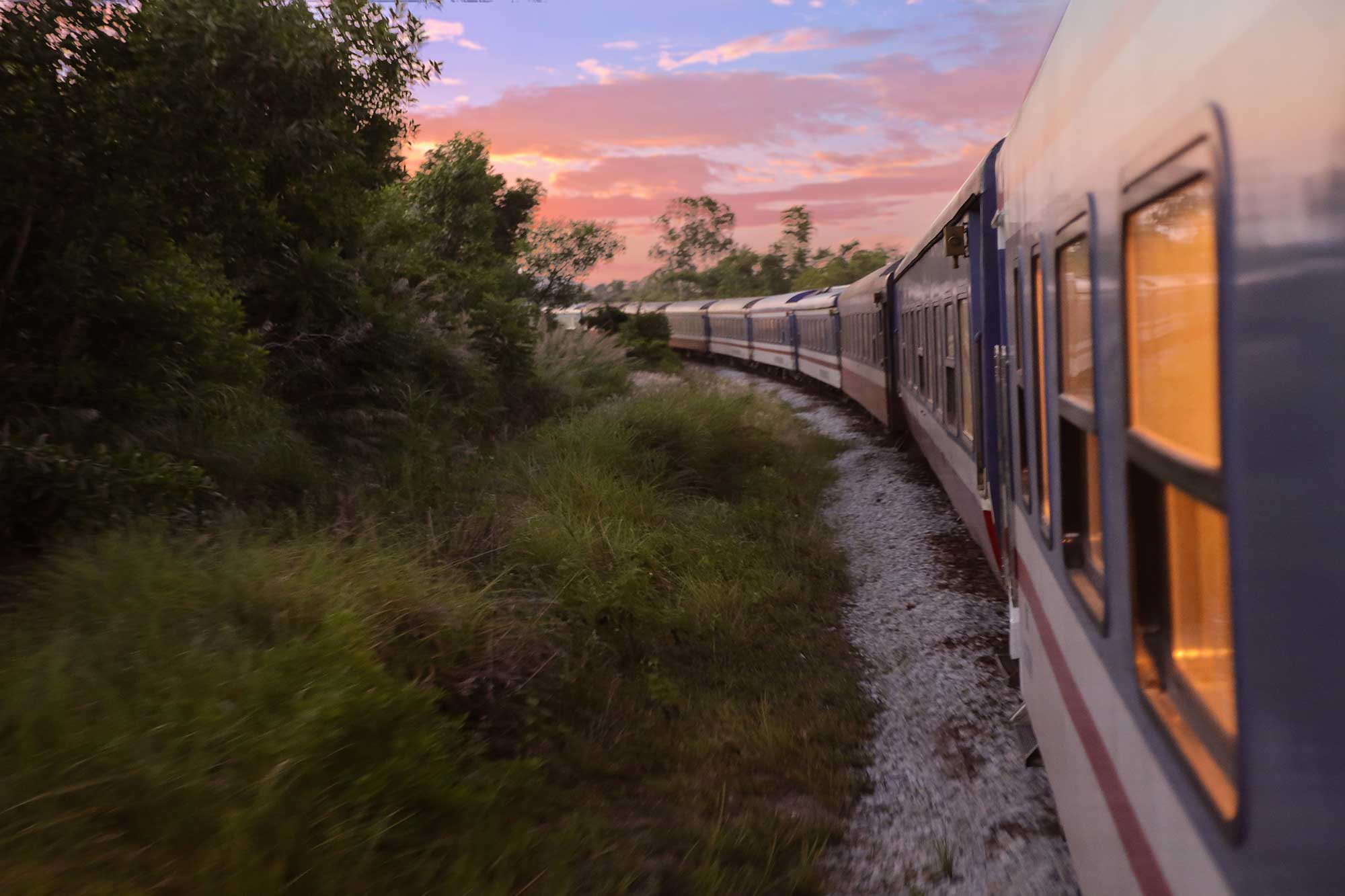
But like many tourists, we had failed to account for the anarchy of Hanoi’s teeming streets. The insane traffic makes it hard enough to walk here, let alone pilot a car, and after thirty minutes of fruitless gesturing we take Ha’s advice and hop on the back of two obliging Hondas for an al-fresco race against time.
At the station a worried looking woman in uniform spots us. ‘Di di mau’ (move quickly), she says pointing to a train wheezing into action on the nearby platform. We clamber up the steps and into our cabin in a flurry of sweat and expletives.
Adventures come thick and fast in Vietnam, but few come more epic and evocative than the train journey between Vietnam’s two main cities. Paraded as a sign of French colonial munificence on its inauguration in 1936, fragmented then blown to smithereens during partition and the war and then resurrected after reunification, the railway is inexorably linked to the country’s tumultuous journey through the 20th Century.
Despite its storied history it’s not a ride visitors tend to take. The railway has the reputation for being one of the world’s slowest – train speeds hover around 40km per hour – delays are frequent and domestic flights are easy in Vietnam.

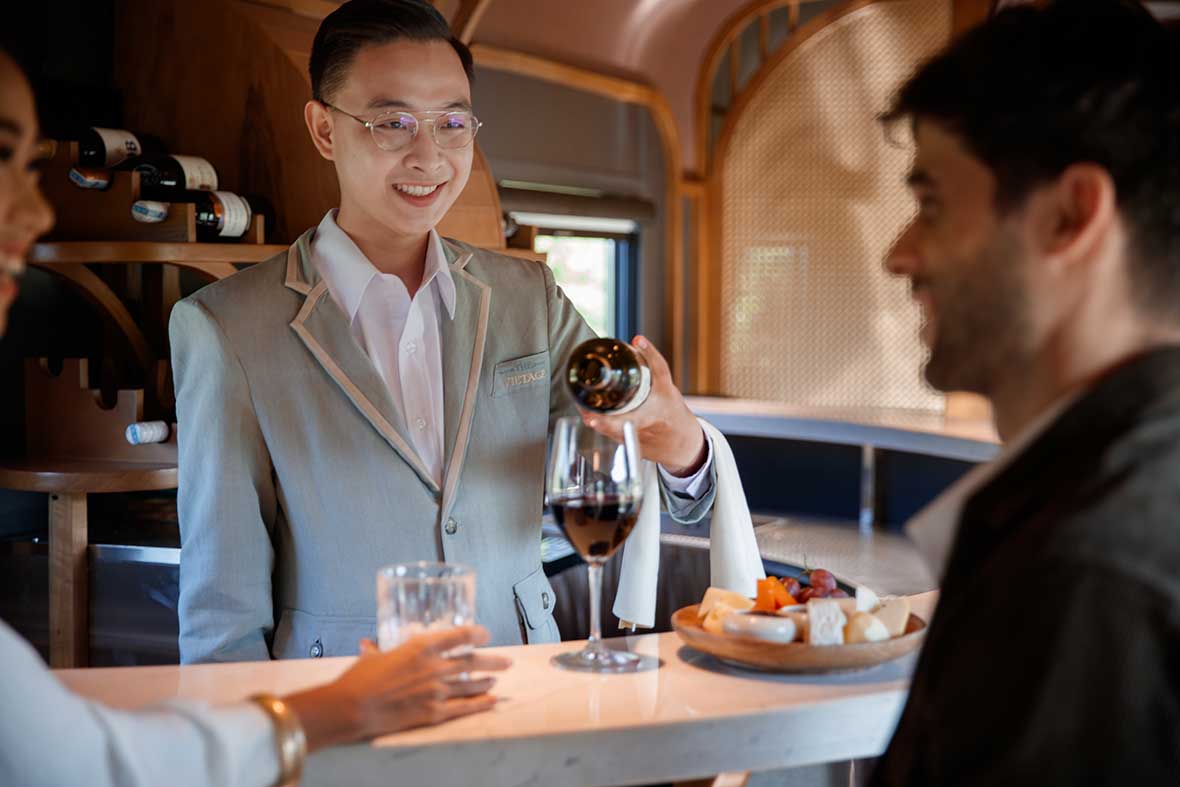
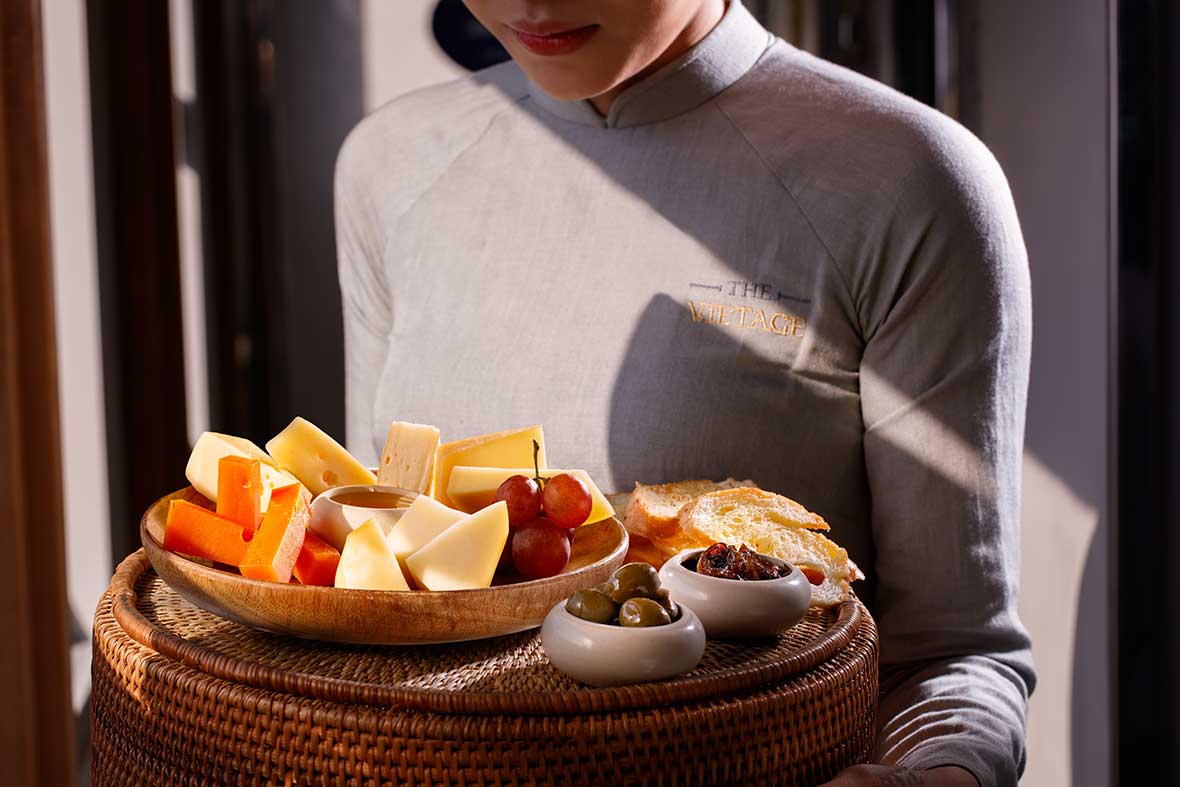
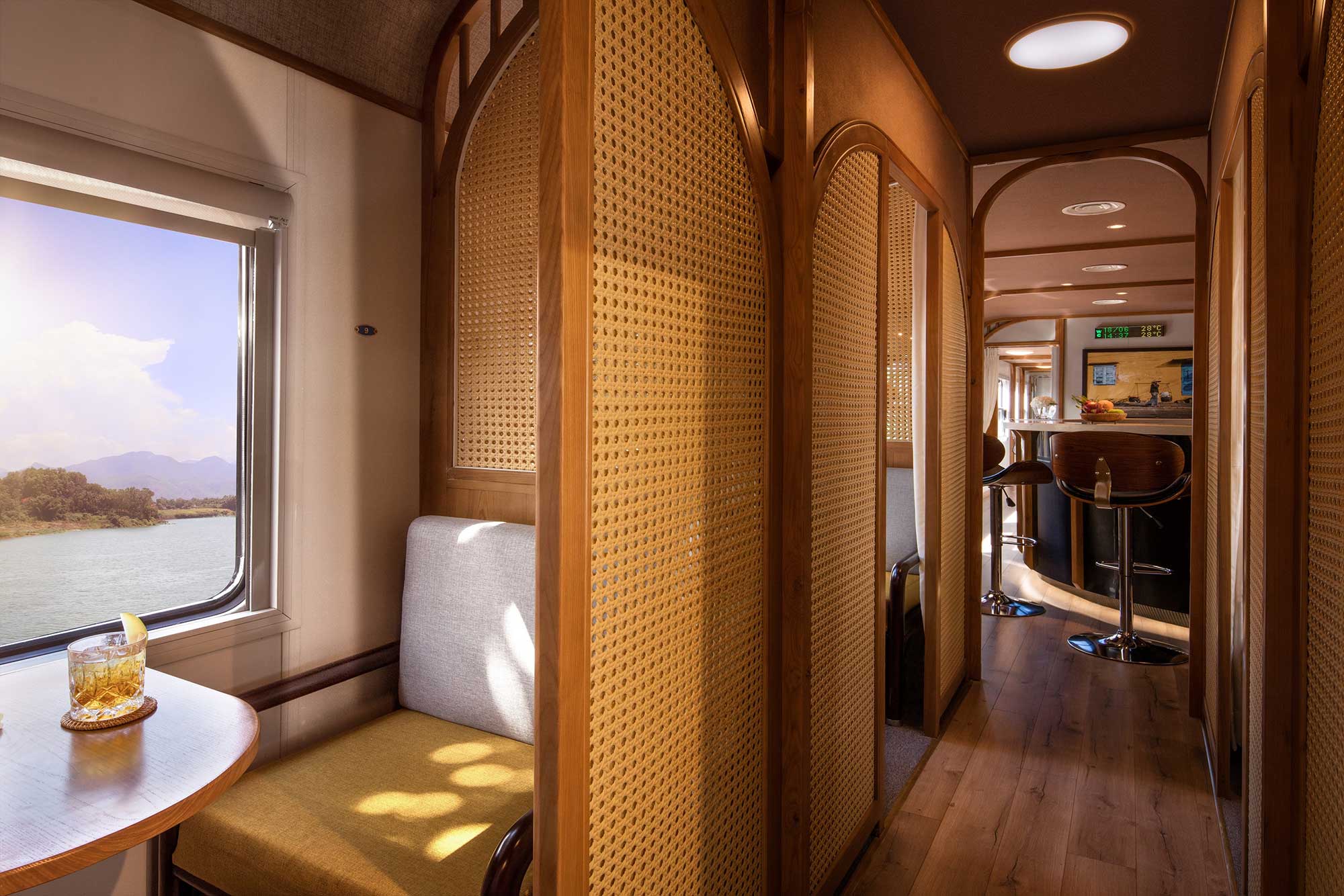
For rail romantics, however, the opportunity to mingle with locals and casually observe the scenic splendor of one of the world’s most ravishing countries is an experience not to be missed.
There’s nothing particularly luxurious about Vietnamese trains. A soft-sleeper ticket gets you a bunk in a four-berth cabin, sheets, a miniature pillow, a reading light, and a radio, which is best turned off unless you are partial to the synthesized sounds of mainstream Southeast Asian pop. It’s hard, though, to beat the feeling of kicking back or venturing forth whenever the whim takes you. On our first night onboard, we swap traveling tales with the Finnish couple we are sharing our cabin with and drink chilled cans of 333 (ba, ba, ba) beer with the conductors in the dining car.
The first stop on our journey is in the city of Hue, around 700 kilometers and 12 hours south of Hanoi. The imperial seat of the Nguyen Dynasty, which ruled Vietnam from the 17th to the 20th century, Vietnam’s UNESCO-listed former royal capital is a beguiling blend of Francophone grace and Indochinese exotica. We experience the French element first – a two-minute walk from the train station taking us to the sparkling Azerai La Residence. The former residence of the French governor, the boutique hotel is an art deco wonder on the banks of the Song Huong (Perfume River) and is a suitably opulent place to break up the long journey.
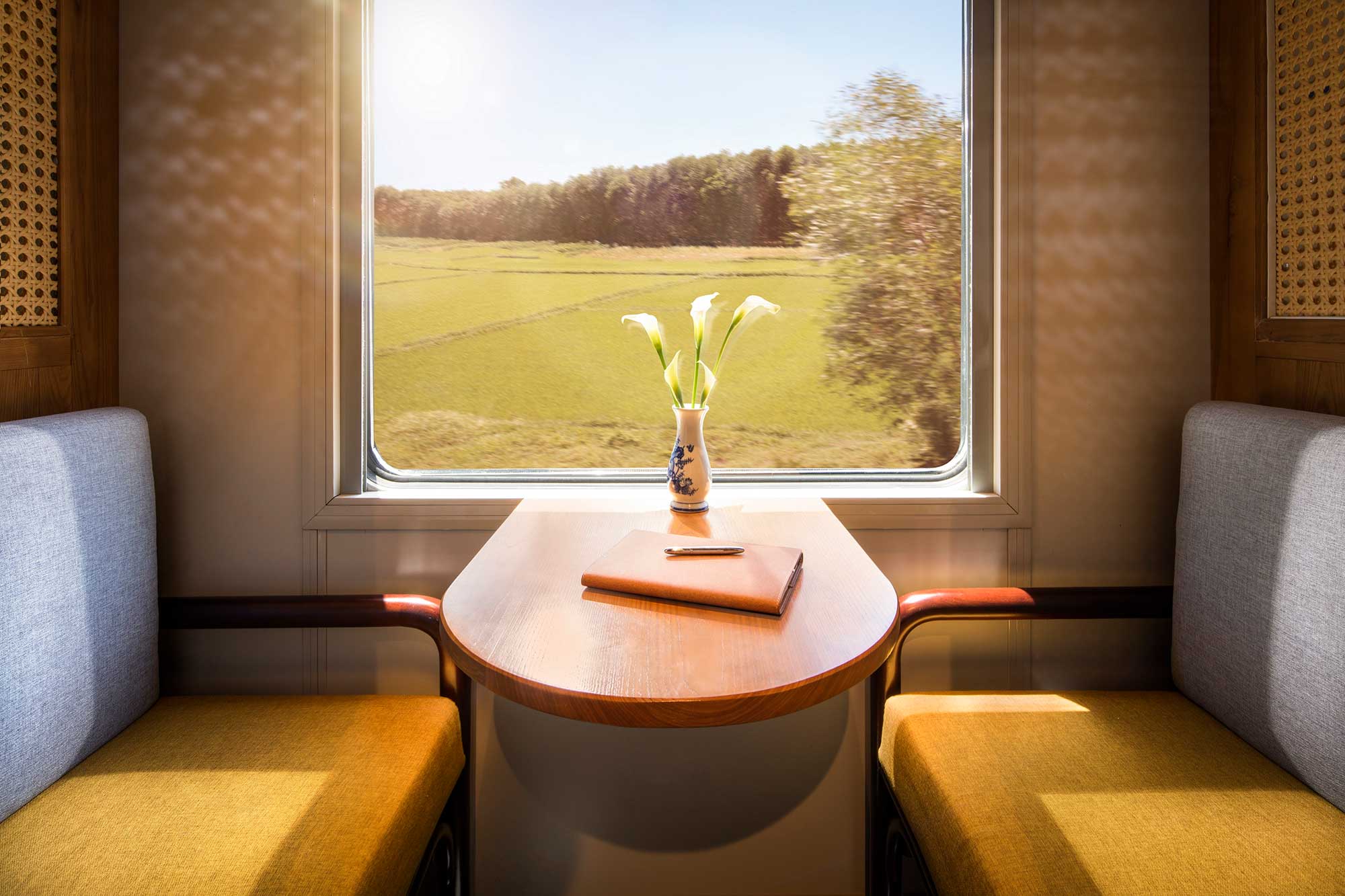
After tearing ourselves from the hotel’s giant salt-water swimming pool, we cross the river to explore the historic citadel—an Oriental wonderland of temples, lakes and ruined palaces that is testament to the self-indulgent largesse of Vietnam’s former rulers.
The next morning, we begin the long shlep from Hue to Ho Chi Minh City. A spotless, empty cabin and some of the best scenery Vietnam has to offer compensate us.
As the train crosses the famous Hai Van Pass between Hue and Danang, cascading streams pour down the jungle-covered hills out one window while deserted white-sanded beaches whiz past the other. Further down the coast the scenery isn’t as lush, but the emerald-green rice paddies, mist-shrouded peaks and the cavalcade of Vietnamese going about their daily business means that distractions are never lacking.
For all its history and charm, the Reunification Express is by no means an especially upscale way to cover ground. But in Danang, travelers have the option of stepping up the luxury courtesy of The Vietage. The Anantara-owned and operated luxury rail car launched mid global lockdown (July, 2020) as a way of linking the brand’s eye-catching properties in historic Hoi An and the new(ish) beach resort destination of Quy Nhon.
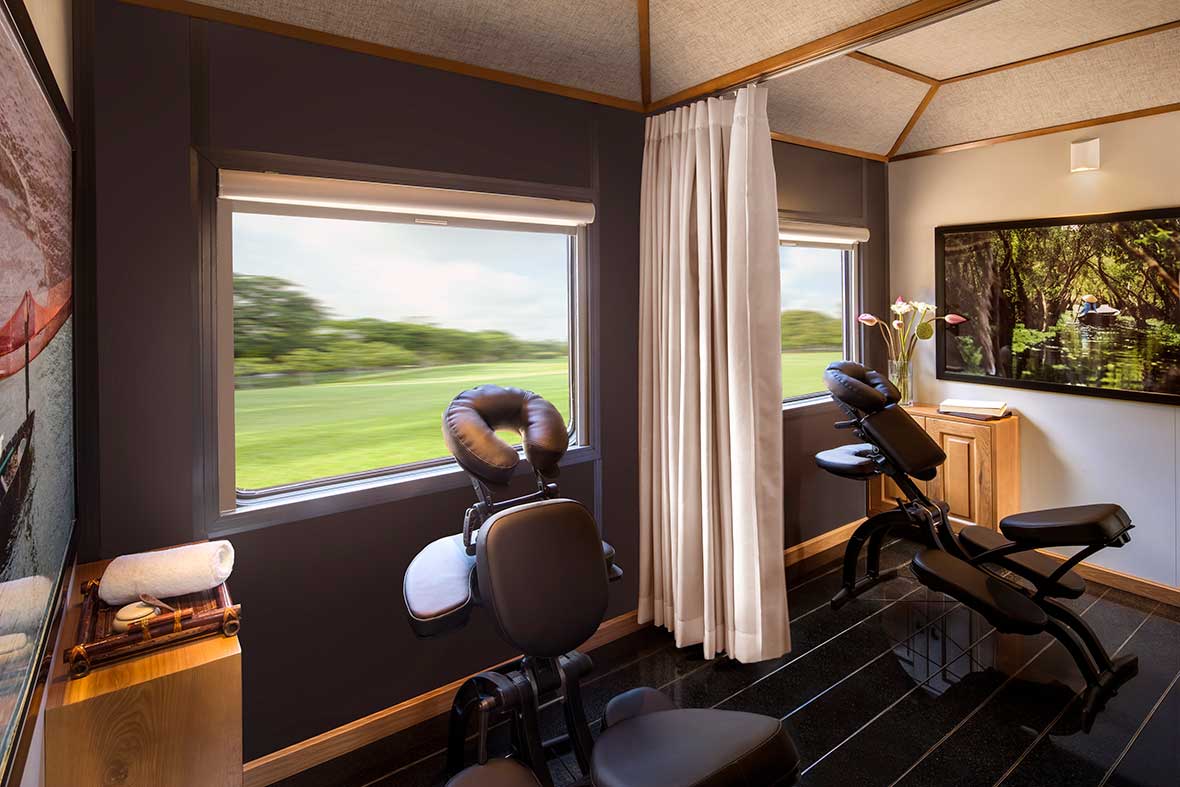
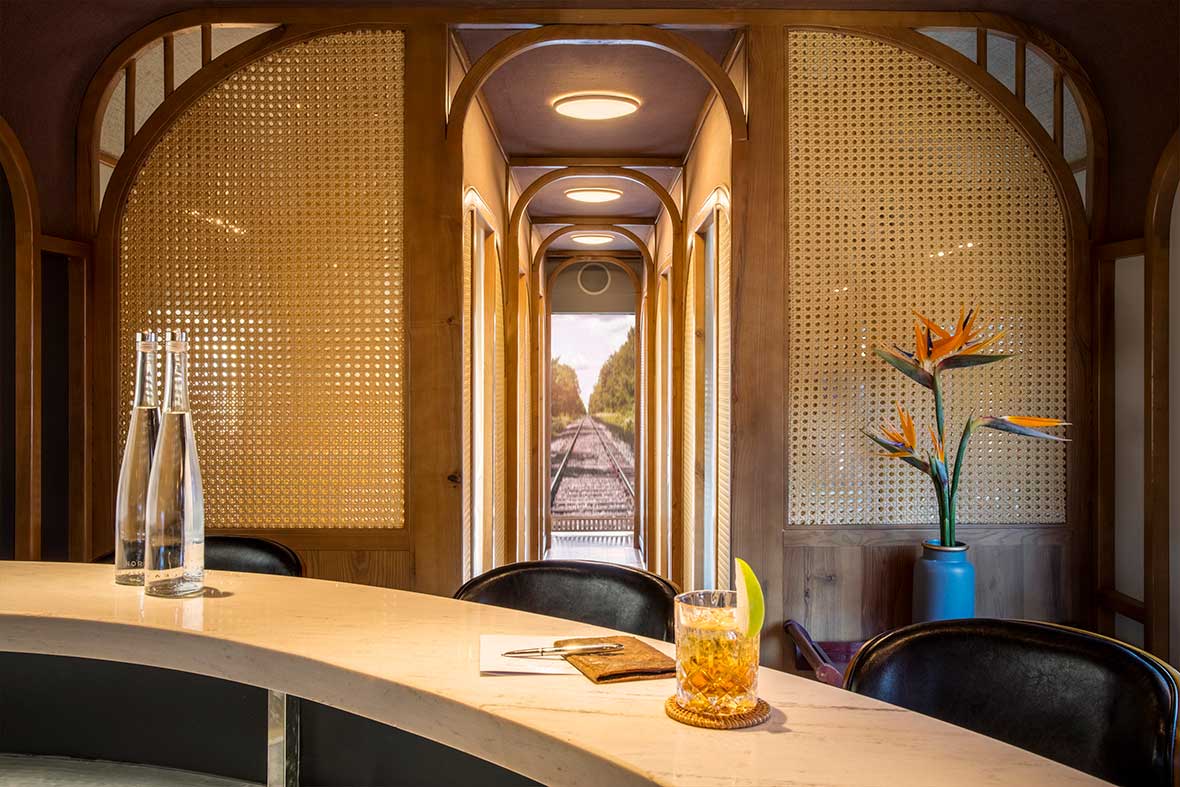
The single converted car is a compact and bijou operation that features only six private booths (up to 12 guests total), a smart sit-up bar, and a bathroom and a massage room, where guests can experience 20-minute head and shoulder massages.
Lunch neatly dovetails in among hour after hour of free-flow wines, cocktails, mocktails, beers, soft drinks, tea, and coffee. Other perks, meanwhile, include caviar and a platter of artisanal cheeses. The seats can be converted to beds and a full range of amenities is on offer.
After Quy Nhon, normal service is resumed as the Reunification Express continues its journey south.
A loud blast of screechy pop from the radio wakes us as we pull into Saigon in the witching hours of the morning. As we disembark it seems as though half of the city has risen specially to meet us. Fighting through the hordes we make our way to a café for replenishing glasses of the strong local brew to fortify us for the long days of discovery ahead. Draining our cups, two grinning guys pull up on their Hondas. “Motorbike you?” they say pointing to us and then at our luggage. Not this time.
